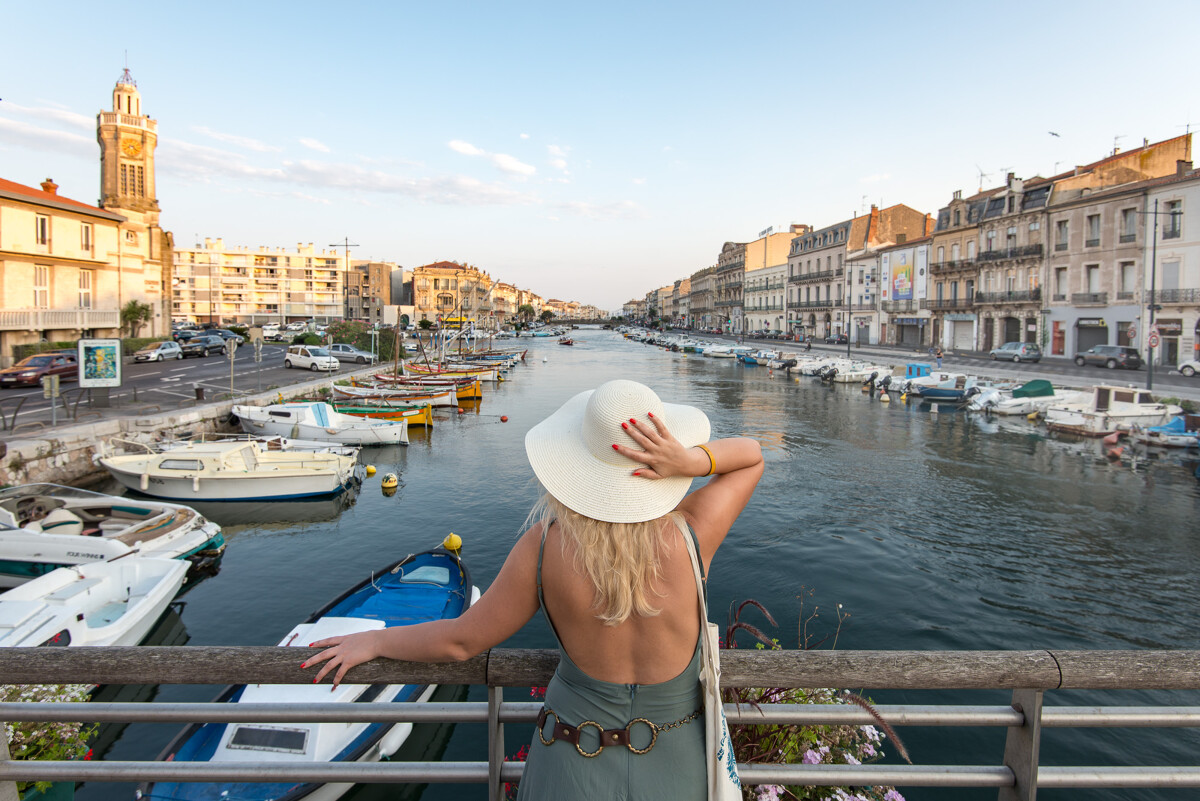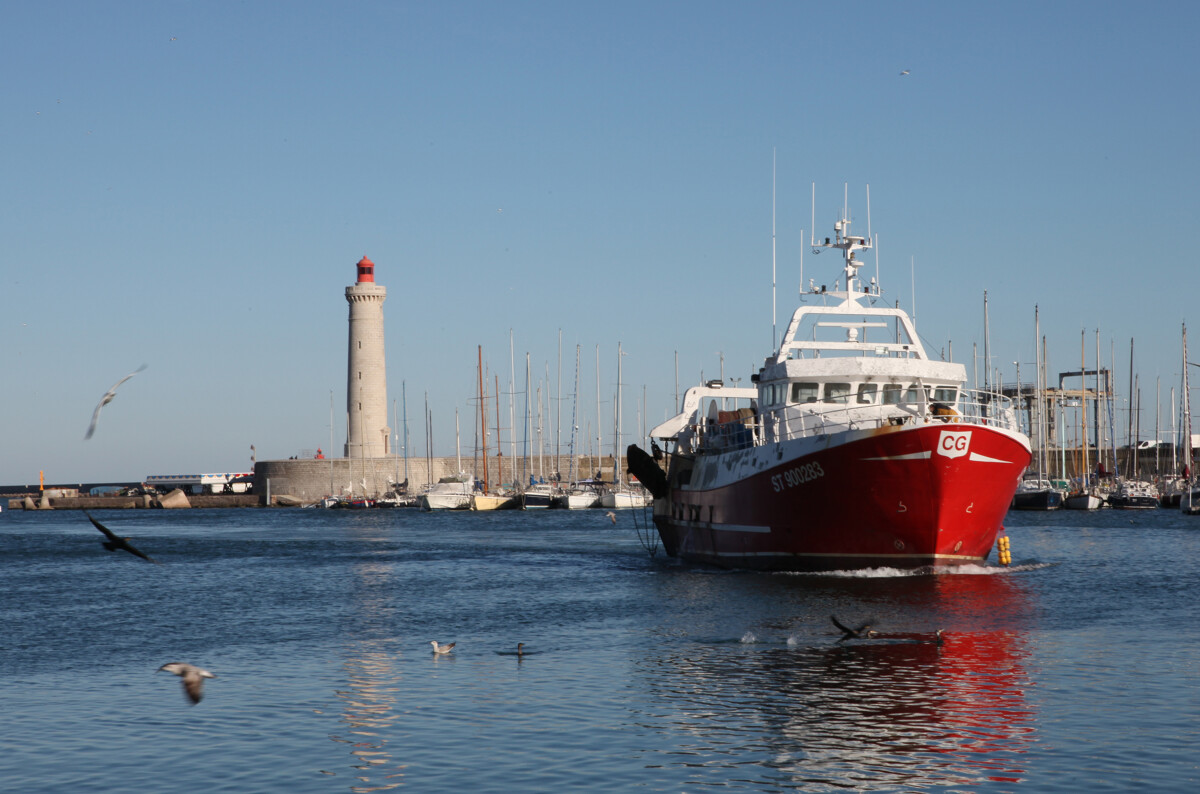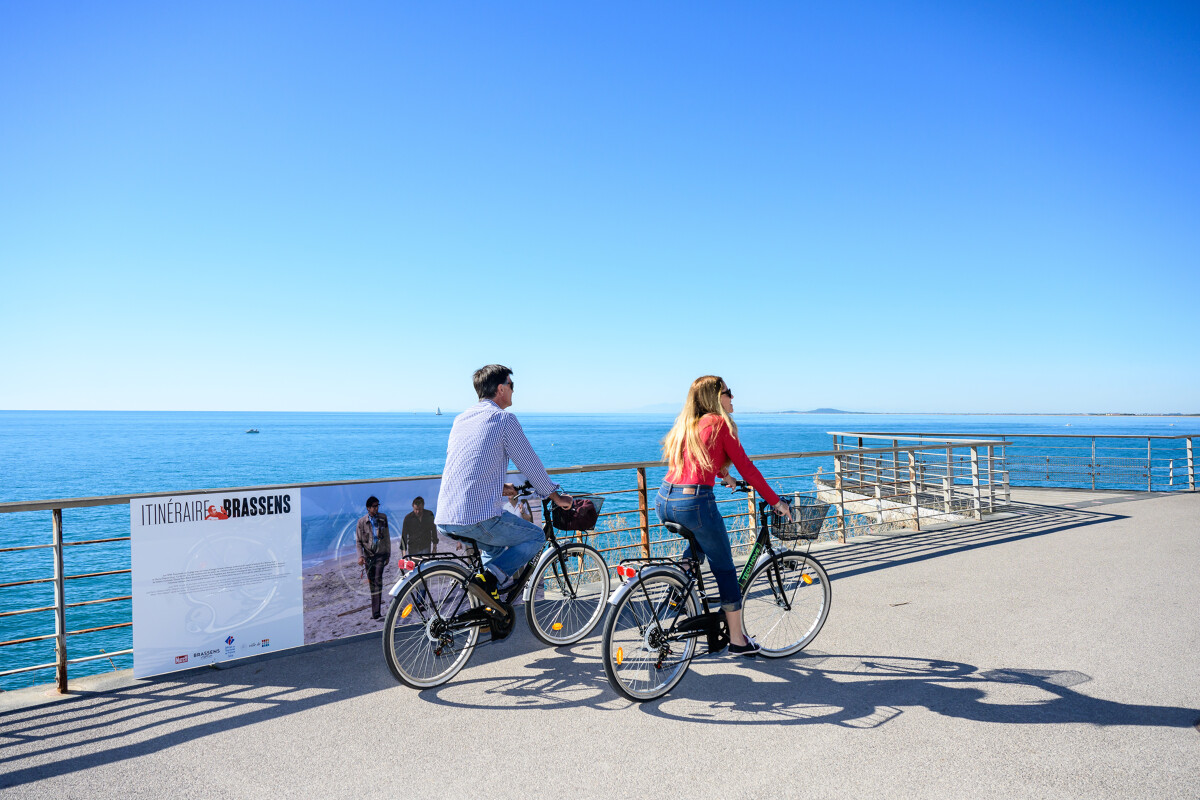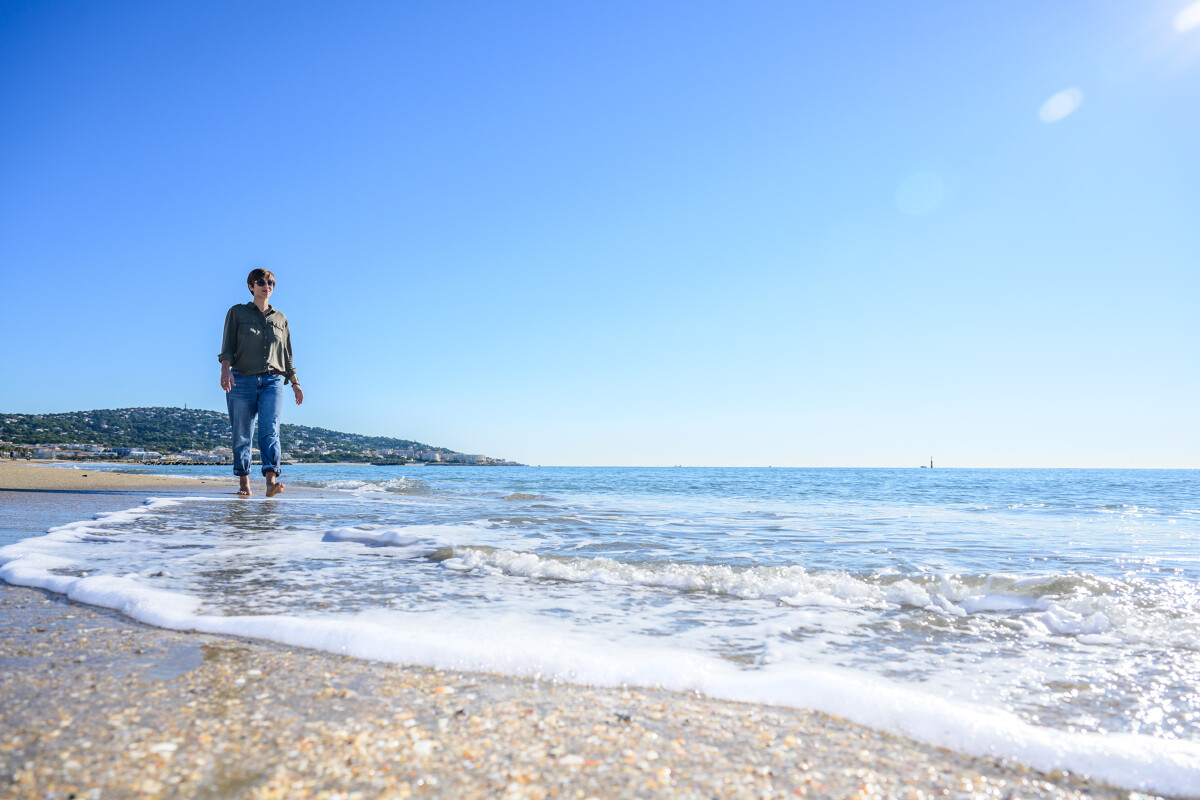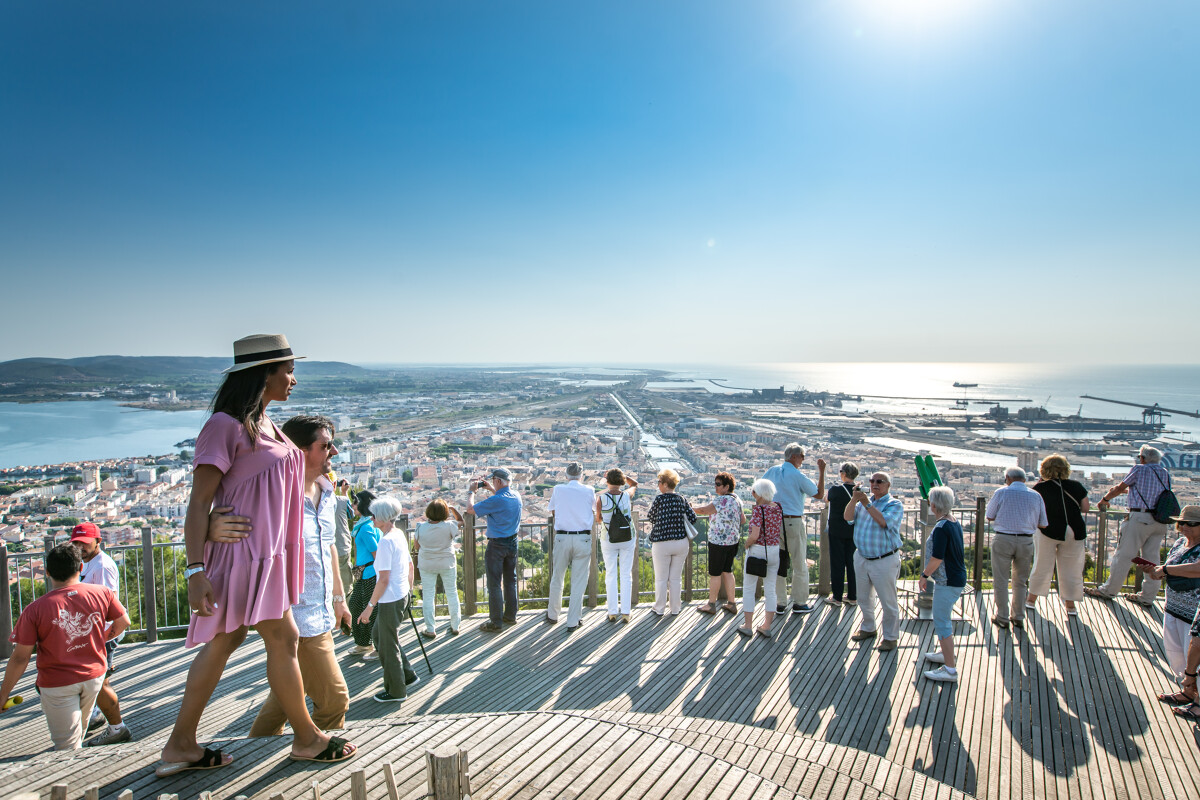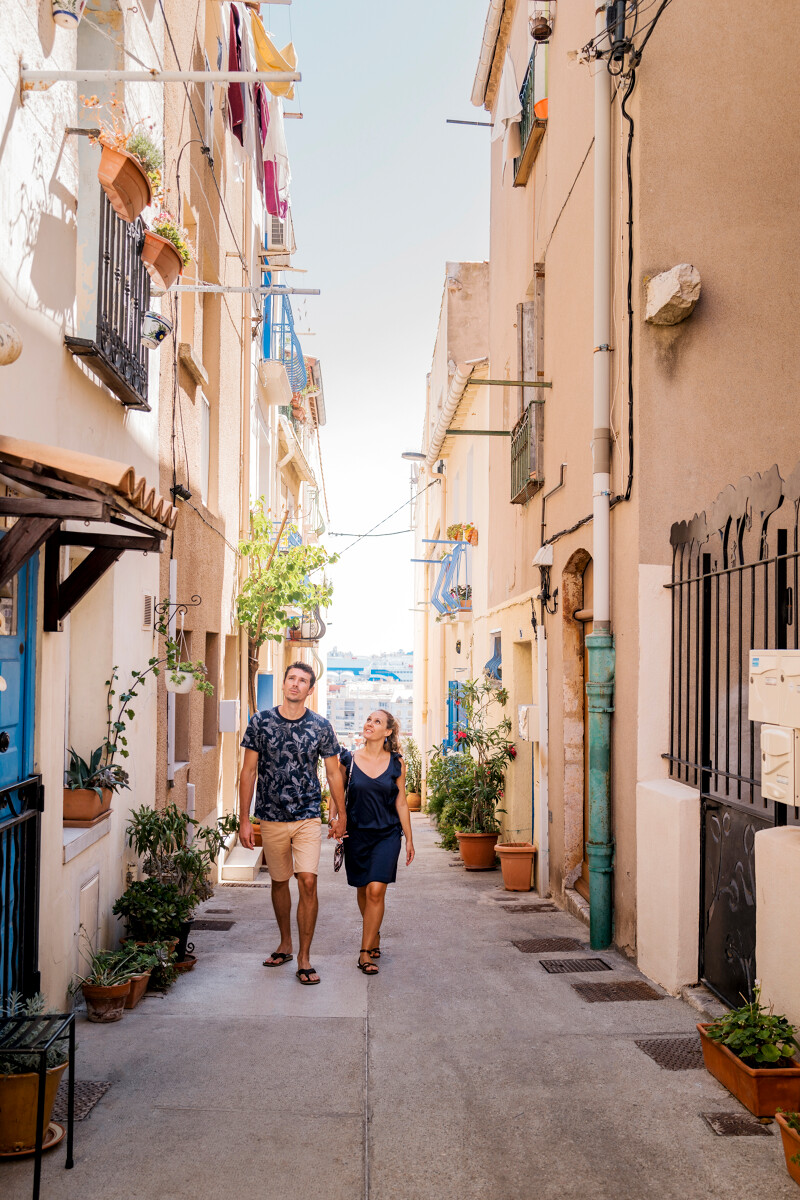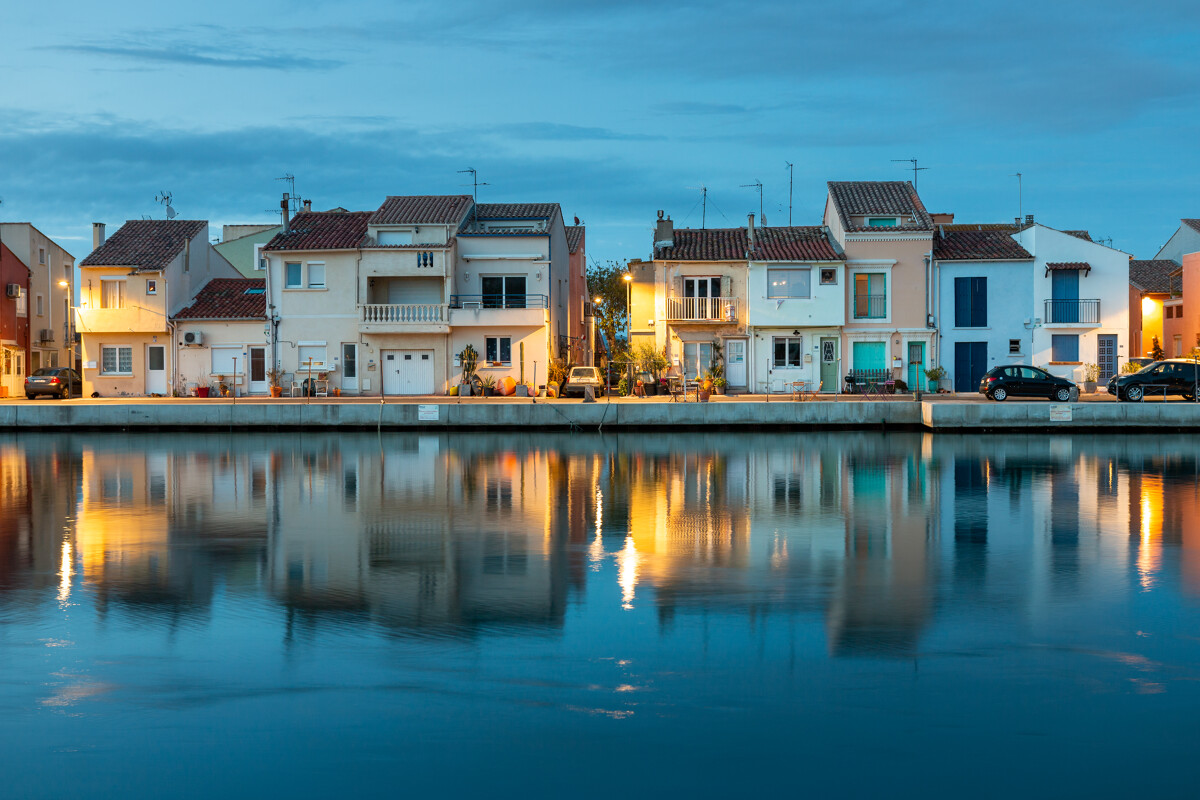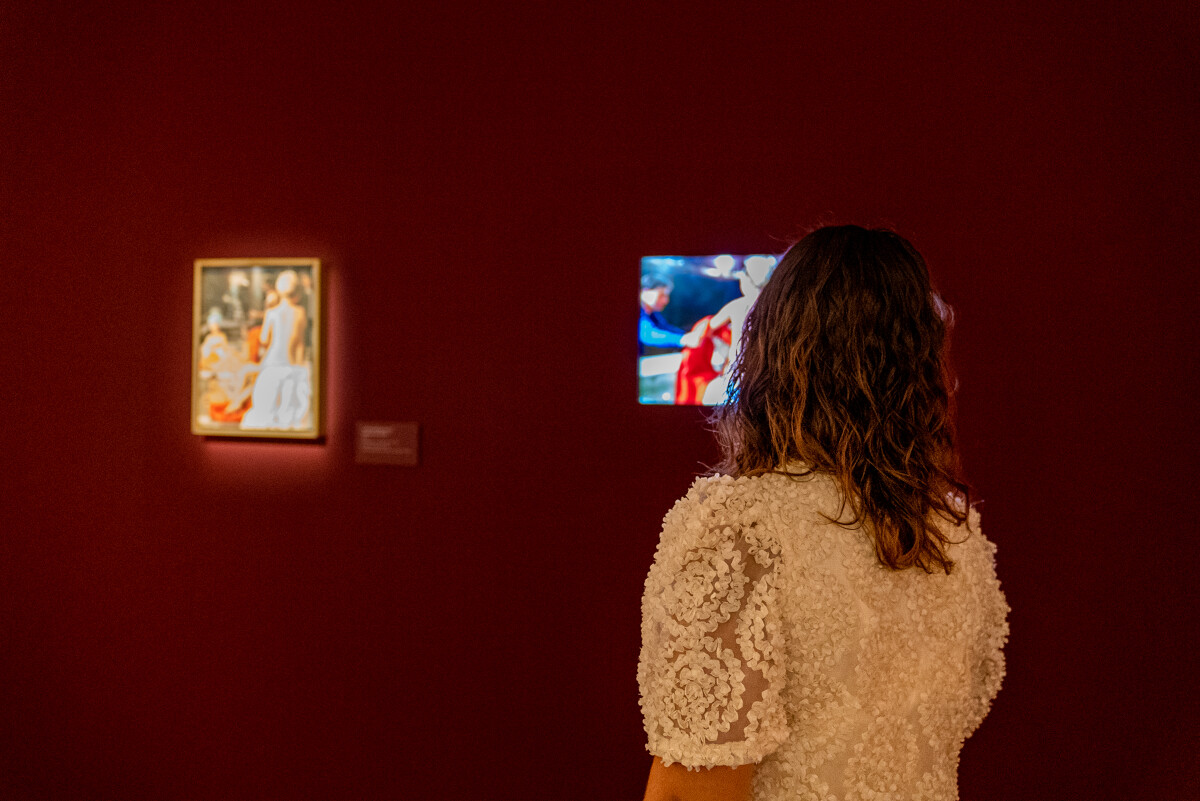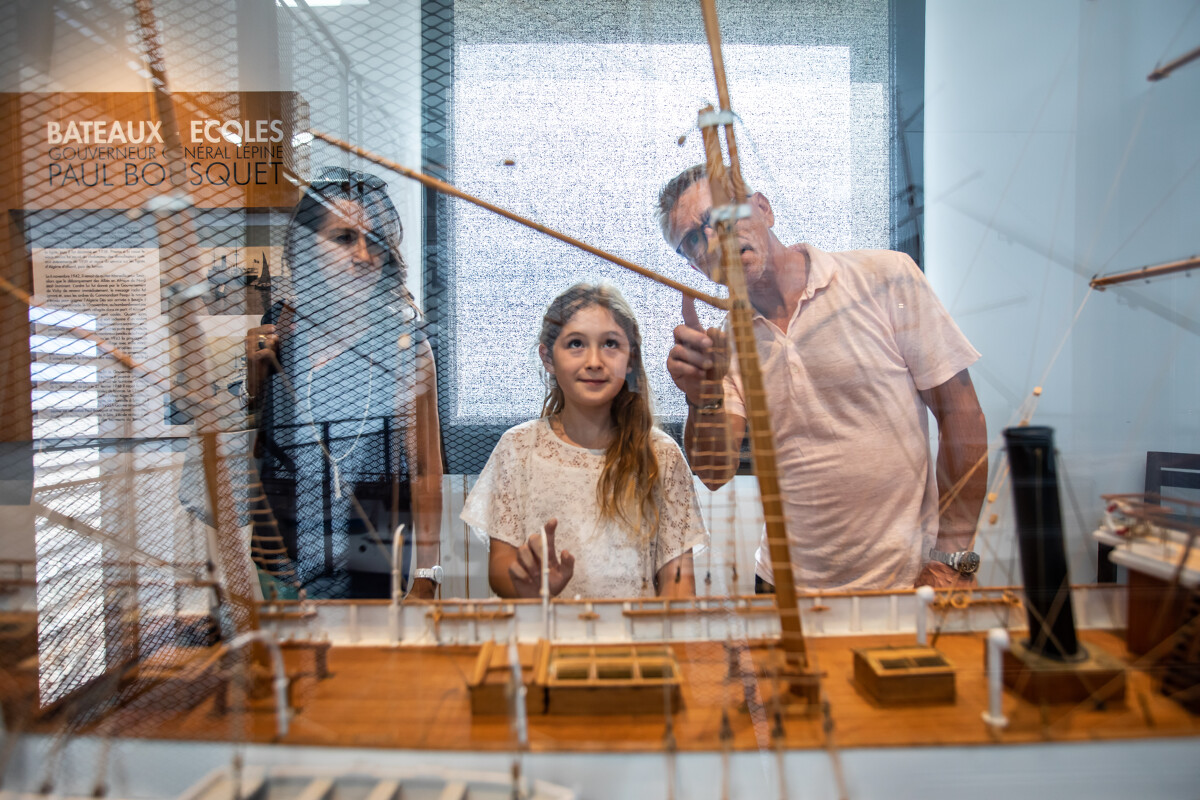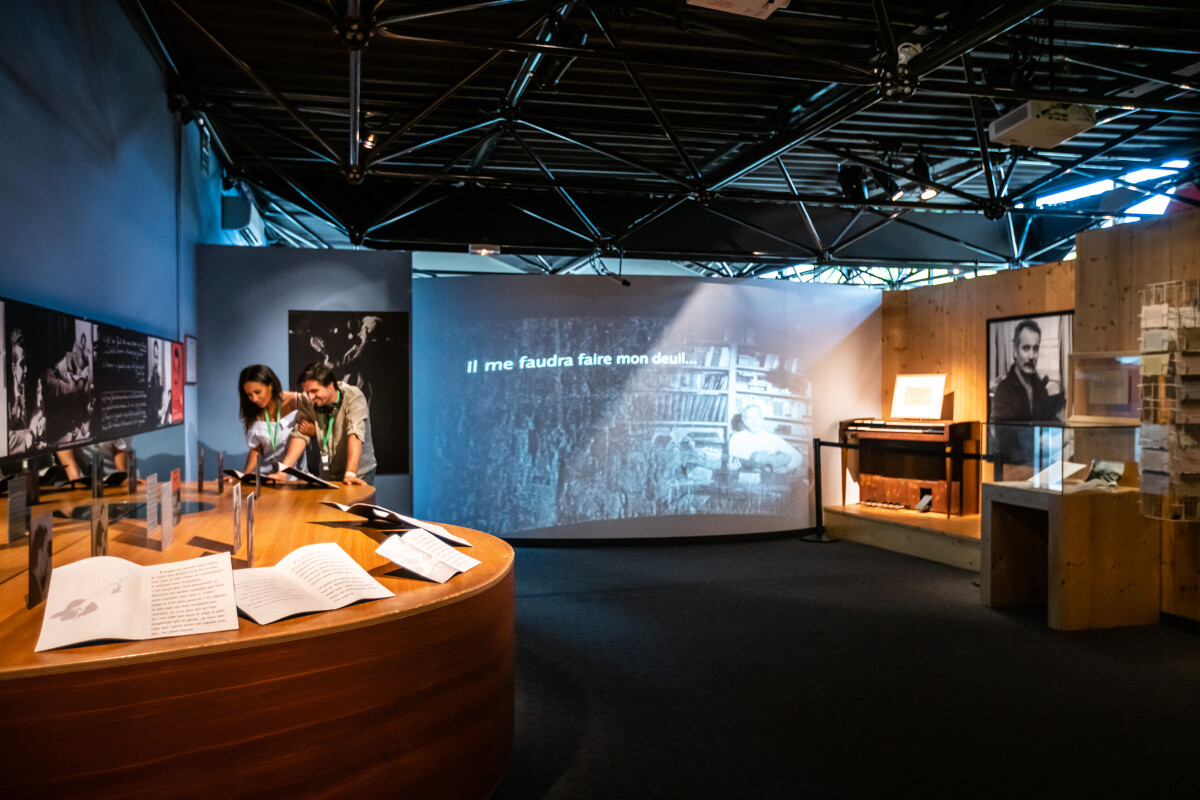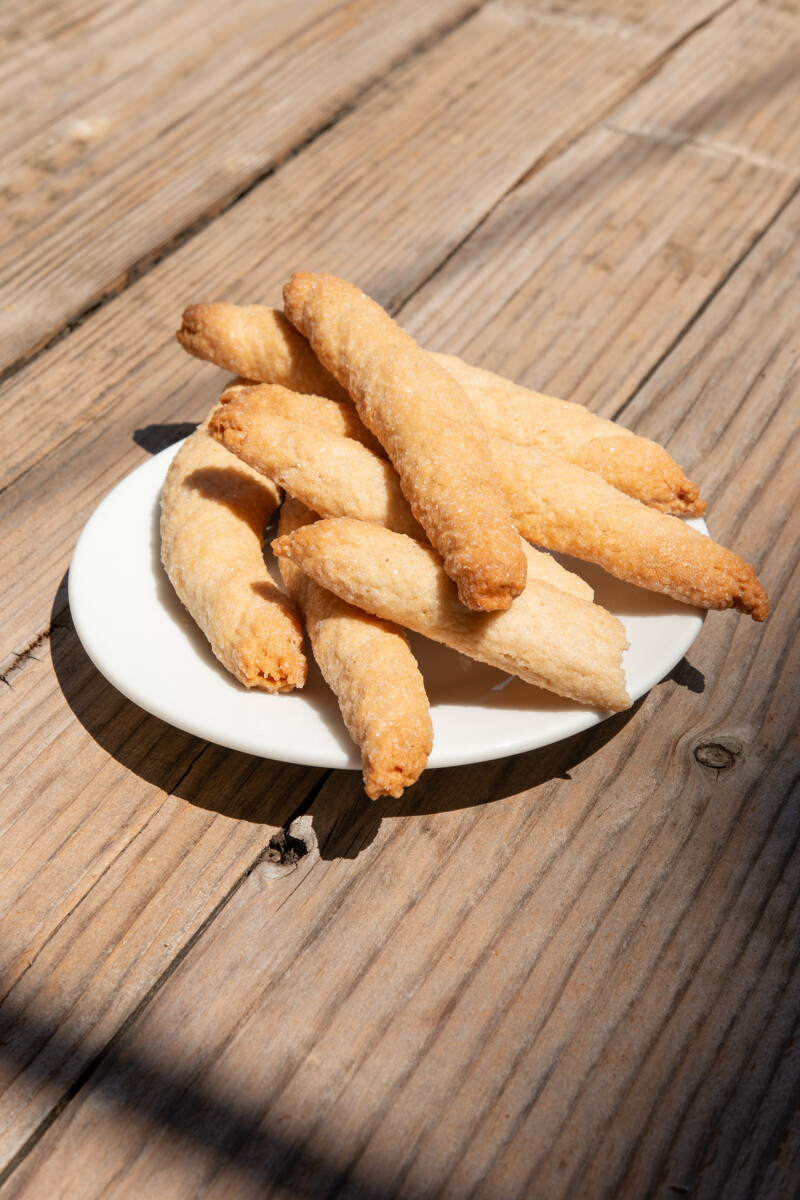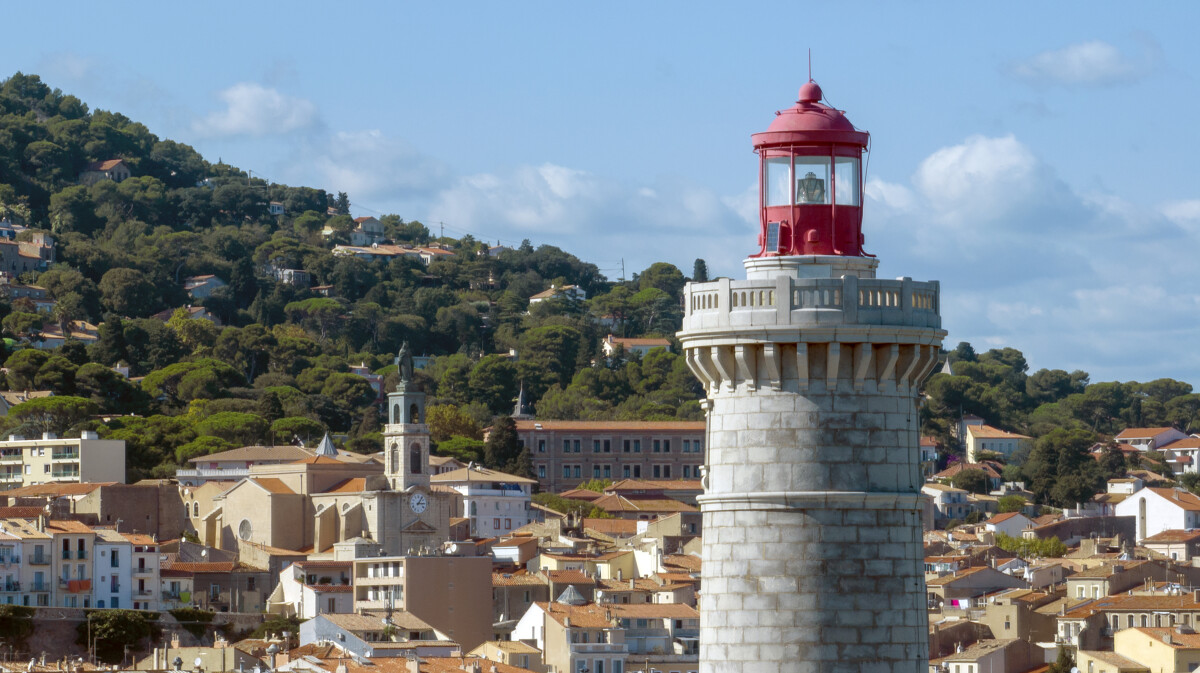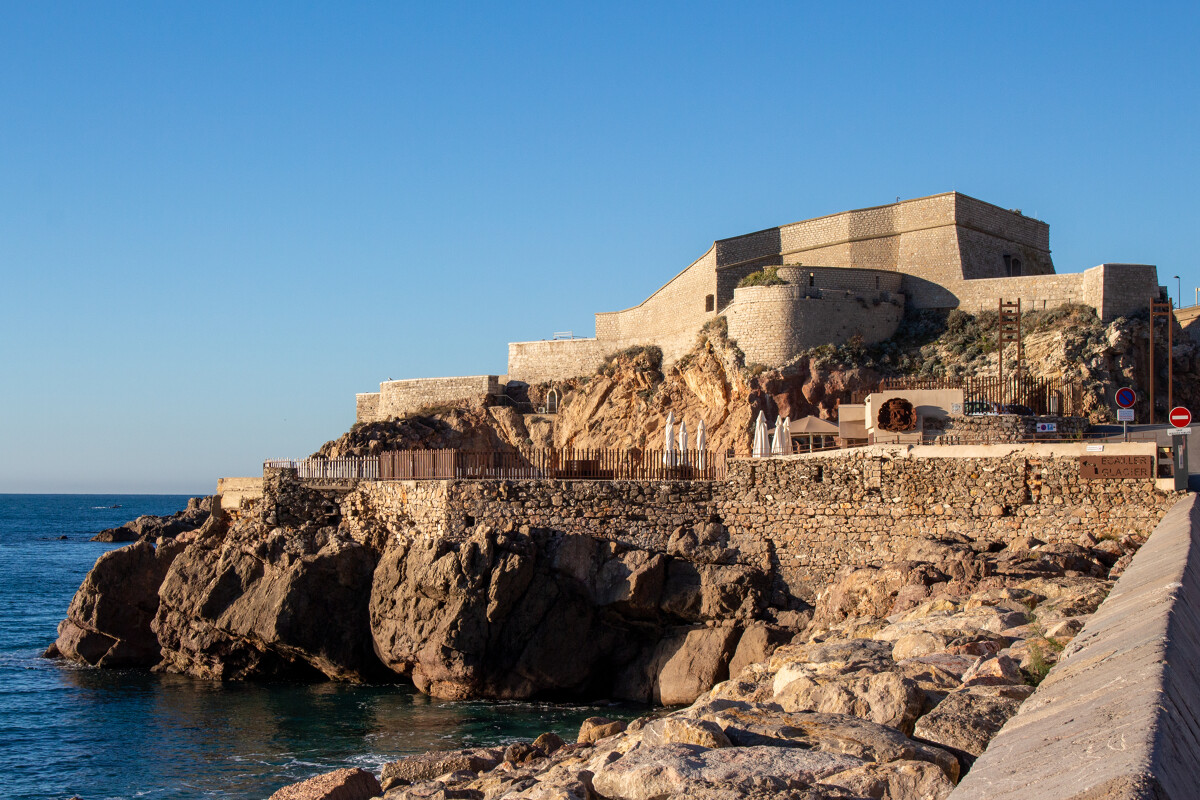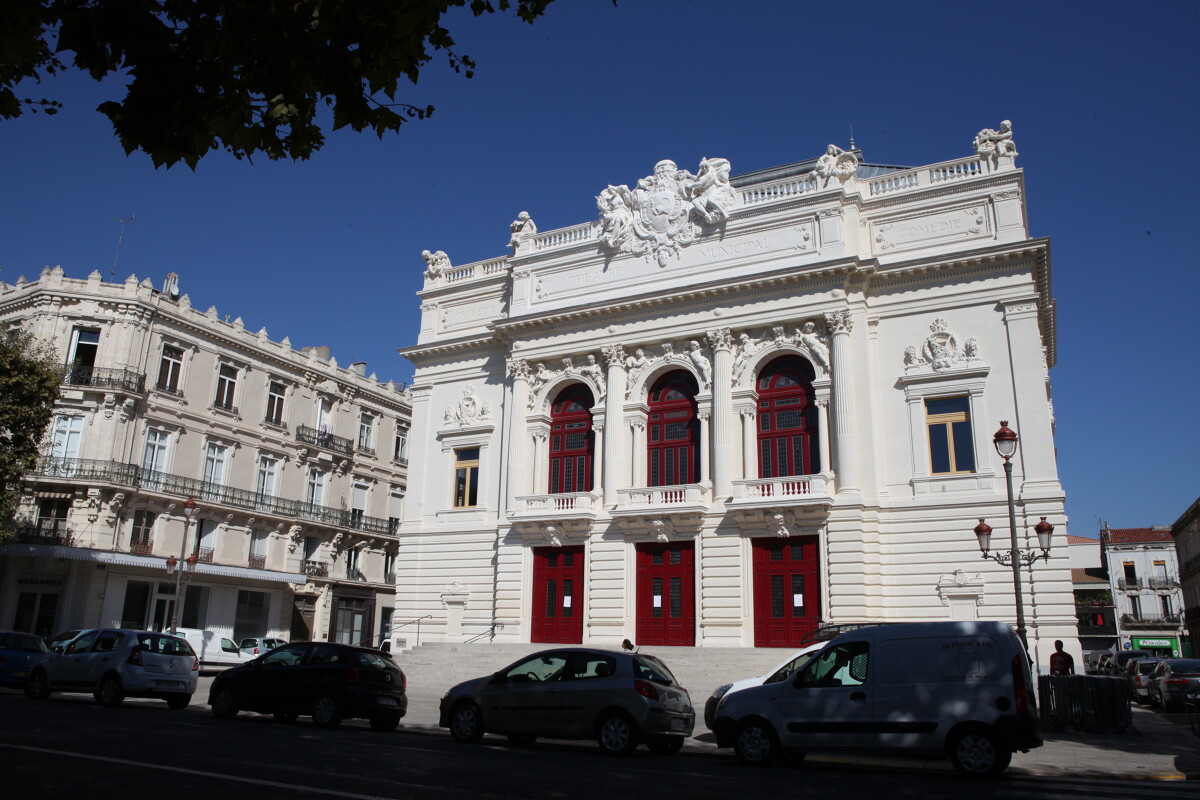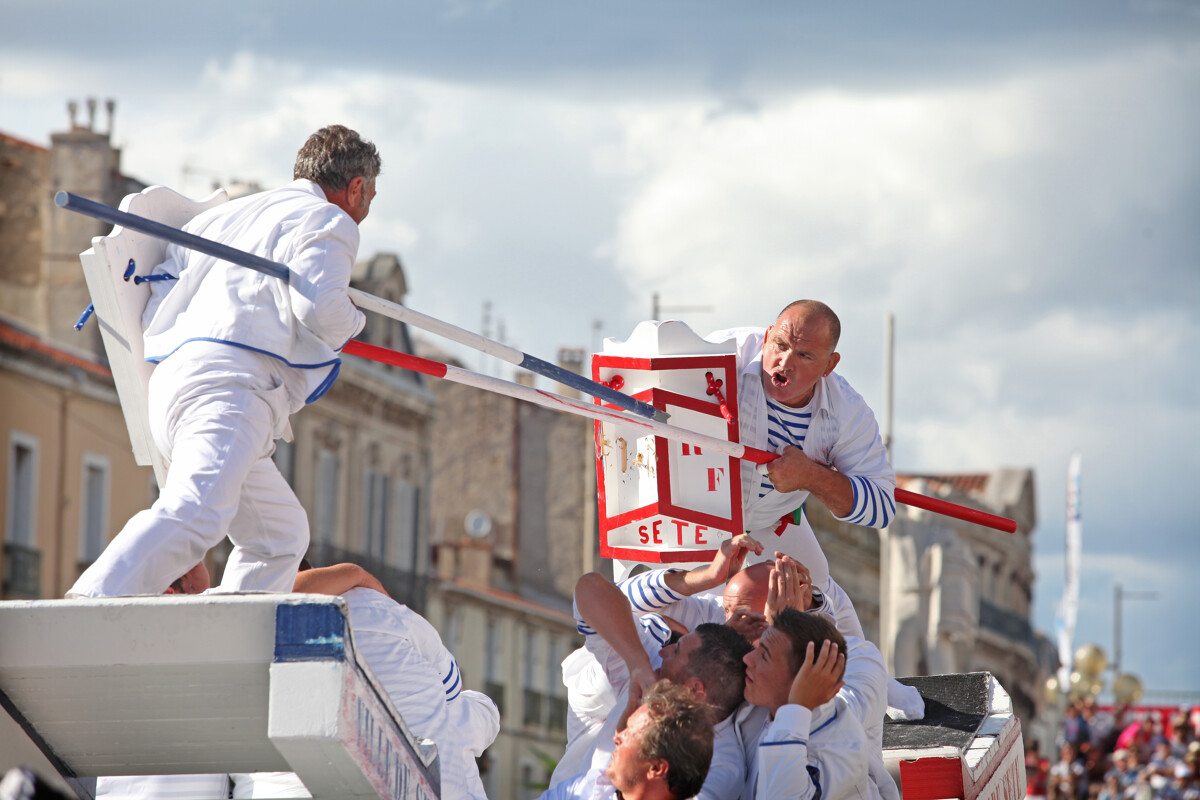Sète is a little Venice of the Languedoc region, with a wealth of charms and assets.
With Mont St Clair towering above it, the fishing port at its foot and the Etang de Thau at its side, this sunny little town, criss-crossed by its canals, is always bustling with activity.
Paul Valery and Georges Brassens are its most famous sons. They are buried here today. Each in their own way paid tribute to the beauty of this city, which flirts with the sea, garrigue, vineyards and ponds.
Sète, the singular island, invites you to experience the exceptional. On the port side, trawlers, pleasure boats, ferries and the colorful boats of the jousters are busy at all hours. In the old town, markets, fish markets, music festivals, modern and popular museums set the pace. In August, for the St. Louis festival, the little port town puts on its finest finery and makes eyes at the winner of the jousting competition.
Below is an overview provided by Sète Tourist Office (text and photos: https: //www.tourisme-sete.com/les-incontournables-de-sete.html).
Downtown
With its canals, quays and little squares, you’ll immediately be charmed by the town now known as the “Venice of Languedoc”.
Founded in 1666 by Louis XIV to give a maritime opening to the Canal du Midi, Sète reveals its history on a stroll through the historic center, particularly along the Cadre Royal, which is in fact the former Royal Canal.
And don’t forget to stop off at the Halles de Sète. This daily market invites all gourmands and gourmets to unearth fine products from local producers, and even taste them on the spot.
The fishing port
Take a trip back in time to the fishing port of Sète. Now the largest in the French Mediterranean, it also owes a debt of gratitude to Louis XIV.
Take a few moments to stroll along its quays, admire the trawlers, watch the sailors unload their merchandise, or catch a glimpse of the Sète marina opposite.
Tip:
Go to the locker quay at the end of the day to admire the fishermen.
La Corniche
After discovering one of the symbols of Sète and one of the city’s most beautiful promenades, extend your stroll along the Corniche.
Departing from the Théâtre de la Mer (more on this in a moment), the 2-kilometer route links the heart of the city with the Corniche district.
Particularly popular with the locals, this promenade offers an unobstructed view of the Mediterranean Sea, and also provides access to Sète’s two most famous coves: La Nau and La Vigie.
Tip:
The “must” is to go at sunset!
The Lido promenade and its beaches
A little further along, you’ll find the Lido promenade. Stretching over 12 kilometers between Sète and Marseillan, it is bordered by the greenway, but above all allows you to reach one of the seven fine sandy beaches for which the town is famous.
All along the way, you’ll find numerous facilities for disabled people and families, as well as restaurants, ice cream parlors and our famous straw huts, open from April to September… Find all the practical information you need on our dedicated menu.
Mount Saint-Clair
But before you can enjoy the panorama, you’ll need to reach the white cross that marks its summit at a height of 175 meters. Fortunately, you can get there by car, but if you’re brave enough to go on foot, remember to bring good shoes, water, a cap and sunscreen in fine weather.
The Pierres Blanches forest
Here you’ll find an orientation table that, on a clear day, allows you to contemplate Mount Canigou, and even the Pyrenees mountain range. For the record, this table was built in the 1970s on a former German blockhouse.
Tip:
At sunset, the Pierres Blanches forest is the ideal place to enjoy an aperitif (in moderation) at one of the many picnic tables dotted around the area.
Le Quartier Haut
One of Sète’s must-see neighborhoods is the typical Quartier Haut. As its name suggests, it perches on the side of a hill and has several nicknames that will make you want to add it to your list of things to do in Sète. This lively district, marked by a strong artistic presence and a picturesque atmosphere with its narrow streets, is home to several studios and galleries, as well as numerous MACO frescoes.
La Pointe-Courte
Before we tell you more about MACO, let us introduce you to Sète’s other flagship district: Pointe-Courte.
Marked by the history of the fishermen of the Thau lagoon, this district has taken on the air of a village in its own right since the 19th century. Indeed, it was at this time that everything began with the construction of sheds to store fishing nets.
Later, fishermen moved in and built little shacks around the little port. This is how the Pointe-Courte district came into being, giving rise to the area we know today, with its distinctive atmosphere and bright colors.
But be careful not to disturb the peace and quiet of the local residents. As far as parking is concerned, we advise you to park nearby, in the Plagette district, where you’ll find plenty of places to park your vehicle.
MACO
The Musée à Ciel Ouvert (MaCO) was born out of K-Live, a festival that celebrates street art in Sète every year at the beginning of June. From doorways to facades, walls to roofs, every year you can see more and more beautiful works by well-known artists: M. Chat, C215, Codex Urbanus, the Monkey Birds, Madame…
This tour can be done on your own or with the commentary of our guides during a tour offered by the Sète tourist information office. For further information, click here.
The MIAM
Situated on the banks of the Canal Royal, in a former wine storehouse, it invites you to rediscover everyday objects in an imaginative and whimsical way. From video to sculpture, you’ll be amazed by the toys, figurines, gadgets and all manner of “trinkets” that make up the archaeology of childhood.
Temporary exhibitions invite you to discover the universes of talented and sometimes subversive artists.
The Paul Valéry Museum
Take a cultural break at one of Sète’s most famous museums: the Paul Valéry Museum.
Located on Mont Saint-Clair, it is prized for its collections, but also for the breathtaking view it offers from its terrace over the sea and the marine cemetery where the artist is buried.
Inside, you’ll discover a collection of no fewer than 300 works, including 80 manuscripts belonging to Paul Valéry, as well as a section devoted to fine arts and popular traditions.
At the end of your visit, don’t forget to take advantage of the gardens, where numerous open-air events take place during the summer season: lectures, evening events, theater… all linked to the collections in the museum.
To find out more about Sète’s museums, read our dedicated article.
The marine cemetery
As you leave the Paul Valéry Museum, let your steps guide you to the marine cemetery, where you can see the poet’s grave, where he is buried under the name Grassi, his mother’s surname. You’ll also find the grave of Jean Vilar, a famous Sétois actor and director of the 20th century.
Known as the Saint-Charles cemetery until 1946, the marine cemetery was built in 1680 to house the workers who died building the Saint-Louis pier, the harbor’s protective structure. Today, it continues to welcome not only the people of Sète, but also visitors who come to pay their respects and/or enjoy the panoramic view of the Mediterranean and the fishing boats that come in and out of the port.
Museum of the Sea
Has this breath of iodized air inspired you to find out more about Sète’s maritime history? Then head for the Musée de la Mer, located between the marine cemetery and the Théâtre de la Mer.
Inaugurated in 2014, it has since welcomed thousands of visitors seeking to learn more about the history of the port of Sète, its construction, its traditions… Prepare to take a leap back in time and the sea when you push open the doors of this veritable balcony on the Mediterranean, thanks to the many historical objects, model ships, jousting pavois that adorn its walls…
If you’d like to find out more about what to expect at the Musée de la Mer, we invite you to read our article dedicated to Sète’s museums.
Espace Georges Brassens
The Espace Georges Brassens is the latest of Sète’s must-see museums, offering fans of the Sète poet the chance to immerse themselves in his life.
Equipped with an audio guide, guided by the artist’s voice, you’ll travel from his childhood in Sète to his triumphs on the Parisian stage, thanks to the many objects, press articles, photos… that retrace the different stages of his life.
Then head for the Le Py cemetery. Opposite the museum, it houses the tomb of Georges Brassens.
Tip:
To prolong your immersion in the singer’s universe, take the guided tour “Du petit Georges au grand Brassens” offered by the Tourist Office.
Local specialities
Last but not least, Sète’s local specialties are a must! During your stay, be sure to treat your taste buds and find a few nuggets to bring back in your suitcase with the many Sète specialties such as :
- tielle: a typical local dish, a pastry-based pie filled with tomato sauce and sliced octopus
- macaronade: penne with braised meat and sausages
- stuffed mussels: mussels stuffed with minced meat
- brasucade: fire-braised mussels with olive oil and fresh herbs
- zézettes: a famous cookie made with flour, dry white wine, powdered sugar, olive oil and vanilla flavoring.
- oysters and mussels from the Thau lagoon, whose specificity lies in their rearing method: they are raised on ropes.
Saint-Louis lighthouse
Towering 33.50 meters above the port of Sète, the Saint-Louis lighthouse is the next essential stop on your visit to the maritime city.
Its primary purpose: to indicate the entrance to the channel with its red light. Its secondary purpose: to offer a 360° view of the fishing port, the marina and the old town. But before you can enjoy the panorama, you’ll need to walk along the promenade du môle Saint-Louis, a 650-meter-long cobbled causeway dating back to the town’s foundation, and climb its 126 steps.
Before leaving the Môle Saint-Louis, take the time to stop in front of the commemorative plaque of the ship L’Exodus, and discover the history of this boat, thanks to which 4,500 concentration camp survivors were able to reach Israel in 1947.
Le théâtre de la Mer
As mentioned above, the Théâtre de la Mer is one of Sète’s most emblematic landmarks. Standing for more than three centuries at the foot of Mont Saint-Clair with a strategic view of the Mediterranean, it owes its ideal location to its history.
In the past, it was used to protect the population and the port of Sète from land and sea attacks, before being converted into barracks and then a hospital, before its current purpose: to host the city’s major artistic events every summer.
Its particular charm lies in its open-air stage, offering a unique panorama of the sea illuminated by the moon and spotlights.
Good to know:
Also known as the Théâtre Jean Vilar, it pays homage to the famous actor and director from Sète, known, among other things, for having created the Avignon Festival.
Molière Theater
Another of Sète’s emblematic theaters, the Théâtre Molière offers more than 40 performances of theater, dance, song, classical and contemporary music, opera, contemporary circus… throughout the year.
Even if you’re not planning to go there for a show, we recommend that you come and admire this Historic Monument (2003), recognized as the most beautiful Italian-style theatre in the whole of southern France, or opt for a behind-the-scenes guided tour with the Intercommunal Tourist Office.
For a gentle vacation, take a bicycle tour of Sète. After you’ve rent your steed from one of our partners, you’ll have several options:
- take the northern route around the town on the Thau lagoon side
- follow the southern route to the Lido de côté mer greenway
- take the Promenade de la Corniche to link the heart of the city with the La Corniche district
- or join Marseillan via the Lido greenway and skirt the beaches of Sète.
Find all the itineraries and practical information here for the perfect cycling holiday in Sète!
Highlights
We’ve already mentioned the Théâtre de la Mer, the MaCO and the Théâtre Molière… Sète has a rich artistic program!
Among the highlights you won’t want to miss:
- l’oursinade (mid-March)
- K-Live Festival (early June)
- Quand je pense à Fernande festival (late June)
- the Grand Pardon de la Saint-Pierre festival (late June/early July)
- les Estivales de Thau (every Thursday in summer)
- Sun Sète festival (early July)
- Worldwide Festival (early July)
- Jazz à Sète (mid-July)
- Fiest’a Sète (late July-early August)
- Saint-Louis celebrations (end of August)
- 22 V’la Georges (late October)
- Escale à Sète (every two years)
To find out more about each of these events, we invite you to read our dedicated article.

